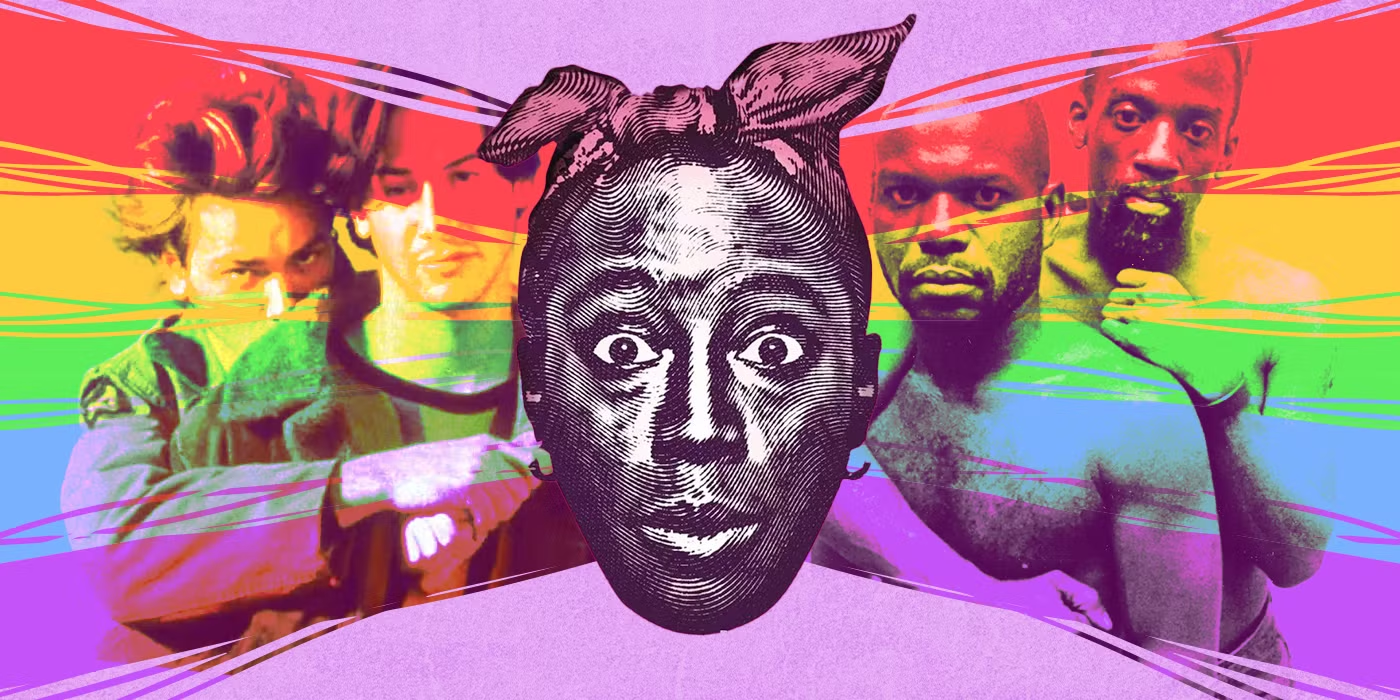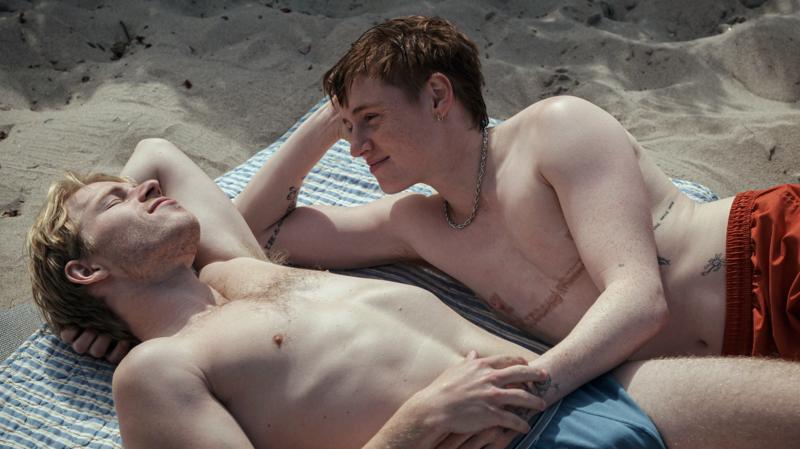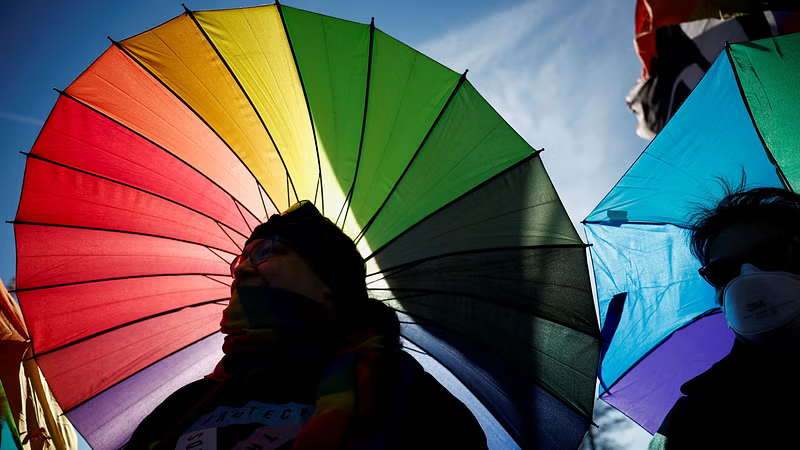When it comes to exploring the world of literature, particularly the more adult-themed genres, the question often arises: how young is too young to dive into erotic novels? While movies and TV shows are typically rated by classification offices to guide viewers about appropriate age groups, books rarely receive such formal guidance. However, a community of readers and authors often self-regulates by categorizing books with trigger warnings for sensitive content, particularly in the case of dark romance novels, which may contain themes of violence, rape, and questionable consent.
The rise of erotic fiction, including stories that delve into more controversial or explicit themes, is a growing trend, especially among older Gen Z women. But what about younger readers? With Gen Z encompassing individuals aged 13 to 28, it’s uncertain how many teens under 18 are diving into these adult genres. Let’s examine the potential effects of such content on young readers and provide practical advice for parents, educators, and readers themselves.
The Growing Popularity of Erotic Fiction
Erotic novels have surged in popularity in recent years, often attributed to their escapist qualities and the romantic allure they offer. These books provide a space for readers to explore themes of love, desire, and sometimes, taboo subjects, without the pressure of real-world consequences. For some readers, these novels offer a guilty pleasure, a chance to indulge in fantasies that may feel off-limits in real life.
However, with this growing popularity comes a sense of responsibility. Many novels, especially those within the "dark romance" subgenre, have content that could be potentially harmful or distressing for younger audiences. These books may glamorize problematic aspects of relationships, such as controlling behavior, manipulation, or abuse. While some readers may be able to engage critically with these topics, younger minds might struggle to discern fiction from reality.
Understanding the Content of Erotic Novels
To understand the potential effects of reading these novels, it’s essential to first explore the content that defines this genre. Erotica can range from mild to explicit, with varying levels of intensity in terms of sexual content, themes of consent, and power dynamics. Some novels may touch on themes of BDSM, kink, or unconventional sexual preferences, while others may portray traditional romantic relationships with heightened physical intimacy.
Within this broad spectrum, the term “dark romance” refers to books that often feature intense and sometimes disturbing content. These novels might explore themes of coercion, abuse, and morally ambiguous relationships. For example, books like “Fifty Shades of Grey” have been criticized for their portrayal of BDSM and non-consensual elements, which can be particularly damaging when consumed by impressionable readers.
The Developmental Implications of Reading Erotica
One significant concern is how young readers process and internalize the themes presented in these books. Adolescence is a critical period for identity formation, where young people are solidifying their understanding of relationships, gender roles, and sexuality. In these formative years, young readers may be more susceptible to the messages conveyed in literature, particularly when they have not yet developed the cognitive maturity to distinguish between fantasy and reality.
Kirsty Ross, a professor of clinical psychology at Massey University, highlights that children and adolescents often struggle to separate reality from fiction. This difficulty becomes particularly apparent in media such as horror films, where young viewers may have trouble discerning that the events on screen are not real. Similarly, when reading explicit or violent content, young readers may be unable to critically analyze the material and may internalize harmful stereotypes or unrealistic expectations about relationships and sex.
In addition, the ability to critically “reality check” develops as we grow older. It’s not until around age 25 that individuals fully mature in their ability to discern between fantasy and reality. However, by this time, many adolescents have already been exposed to explicit content in one form or another, whether through books, movies, or even peer interactions.
The Effects of Erotic Novels on Teenagers
For some readers, exploring the themes of romance and sexuality through novels can be a way to learn about relationships and sexual dynamics in a safe, imaginary environment. For instance, a romance novel that focuses on healthy relationships, mutual consent, and female pleasure can provide valuable insight into what healthy relationships look like. In fact, books like “Bridgerton,” which explore themes of romance and sexual empowerment, might be considered more suitable for younger readers because they offer an idealized, but positive, portrayal of intimacy.
However, the problem arises with the increasing popularity of darker, more intense erotic novels that can paint a troubling picture of relationships. These books often glorify toxic behaviors, such as manipulation, violence, and the marginalization of female pleasure. Young readers who consume this material might internalize harmful ideas about what relationships should look like, especially if they are still forming their understanding of consent and respect in sexual and romantic contexts.
Jo Robertson, a sex and relationship therapist, emphasizes the importance of portraying healthy, consensual relationships in the media that young people consume. She suggests that if a young teen reads books or watches shows that promote positive portrayals of sex, relationships, and self-empowerment, they may be more likely to adopt those healthy perspectives in their real lives. On the other hand, dark romance novels, which often feature non-consensual or abusive behavior, can set a dangerous precedent for what young people believe is acceptable in relationships.
Parental Guidance and Communication
Given the increasing availability and popularity of erotic content, it’s crucial for parents to engage with the material their children and teens are consuming. While it’s impossible to monitor every piece of media a young person encounters, there are steps parents can take to ensure that the content aligns with their values and supports their child’s healthy development.
One important aspect of this is maintaining open lines of communication. Instead of policing or banning certain books, parents can engage in discussions with their children about the themes and messages within the literature. If a teenager is reading a book that contains problematic content, such as violence or manipulation, it’s essential to talk about it. This can help the young reader develop critical thinking skills and make more informed decisions about what they consume.
In some cases, parents might recommend starting with books that focus on lighter, more age-appropriate content. There are many romance novels that do not contain explicit content or problematic themes but still offer an engaging, enjoyable reading experience. As young readers mature, they can gradually explore more complex material while developing a better understanding of healthy relationships and consent.
The Role of Sex Education in Supporting Young Readers
Beyond the realm of literature, comprehensive sex education plays a critical role in shaping young people’s understanding of relationships, sexuality, and consent. Ideally, sex education should cover a wide range of topics, including the emotional aspects of relationships, the importance of mutual respect, and the boundaries that are necessary for healthy intimacy.
Sex education can complement the themes found in books, helping young readers process and analyze the material in a more informed way. For example, if a teen reads an erotic novel that features problematic themes, a well-rounded sex education can provide the context necessary to understand why certain behaviors are harmful and how to recognize unhealthy relationships.
Final Thoughts: Is There Such a Thing as Too Young for Smut?
Ultimately, the question of how young is too young for smut does not have a one-size-fits-all answer. Every young reader develops at their own pace, and what may be suitable for one teenager may not be appropriate for another. However, it is clear that as young people explore themes of sex, love, and relationships through literature, they must have the tools and support to process that material critically and responsibly.
Parents, educators, and young readers themselves must take an active role in ensuring that the content they engage with promotes healthy, respectful relationships and aligns with their values. By fostering open communication, encouraging critical thinking, and providing access to appropriate resources, we can help young readers navigate the world of erotic fiction in a way that supports their emotional and psychological growth.
Practical Advice for Parents and Guardians
- Engage in discussions: Talk openly with your child about the books they are reading. Encourage critical thinking and provide context for mature themes.
- Monitor content: While it’s impossible to control everything, try to stay aware of the types of books and media your child is consuming.
- Promote healthy materials: Introduce your child to books and media that portray healthy relationships and consent in a positive light.
- Provide a safe space: Ensure your child feels comfortable coming to you with questions or concerns about what they read or see.
- Support sex education: Encourage a well-rounded sex education program that emphasizes respect, consent, and healthy relationships.




























0 Comments